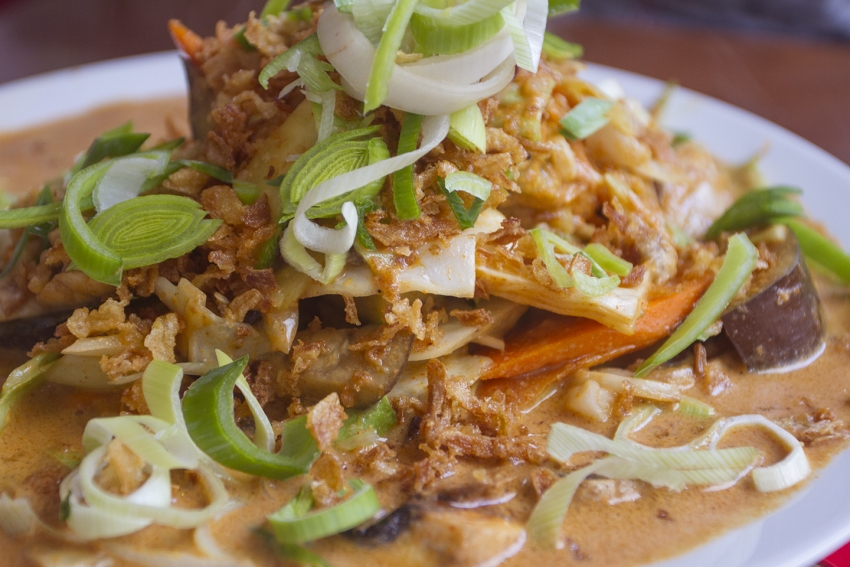You might expect a beach this busy to be claustrophobic, but Playa del Inglés is big enough for everyone to find their own space. With Maspalomas next door (the two are actually one long beach), it's over six kilometres of sand with a vast dune system attached. The brochures call it a mini Sahara Desert, but scientists believe the whole area formed during an enormous tidal wave over 200 years ago.
Alex says: Playa del Inglés (Englishman's Beach) is named after an English farmer who grew tomatoes where the resort is now, and transported them up the coast by camel. Mad dogs and Englishmen.
Playa del Inglés beach runs right along the front of the resort but quickly widens out into dunes as you head east. The easiest way to reach the sea is at the Annexo II strip of bars and restaurants (directly in front of the Kasbah and Plaza shopping centres).
Annexo II is also where services and facilities cluster. You can eat anything here from a Big Mac to a Chateaubriand and buy anything from a surfing trip to a fluffy camel. Or just walk past it onto the sand. Rent jet skis and book banana boat rides (yes, they still exist) just east of Annexo II. Sunbed concessions and kiosks are dotted along the beach.
Playa del Inglés beach becomes more nudist the further you walk and as soon as you go round the corner onto Maspalomas beach it's almost completely nudist. You don't have to strip to walk along the beach, although you will get in the way of nudists heading for a swim. For more on the nudist zones of PDI and Maspalomas beaches click here.
Lex says: The sea at Playa del Inglés is almost always calm but if there are waves, it's safest to swim close to a lifeguard.
The beach and dune front promenade behind Playa del Inglés beach stretches all the way from Avenida Tirajana in central PDI to San Agustín several kilometres to the east. It's one of Gran Canaria's great resort walks, especially early in the morning.
Park at Annexo II for direct access to Playa del Inglés beach. The main car park charges a fee, but it is convenient. Otherwise park in the resort and walk down to the beach.














